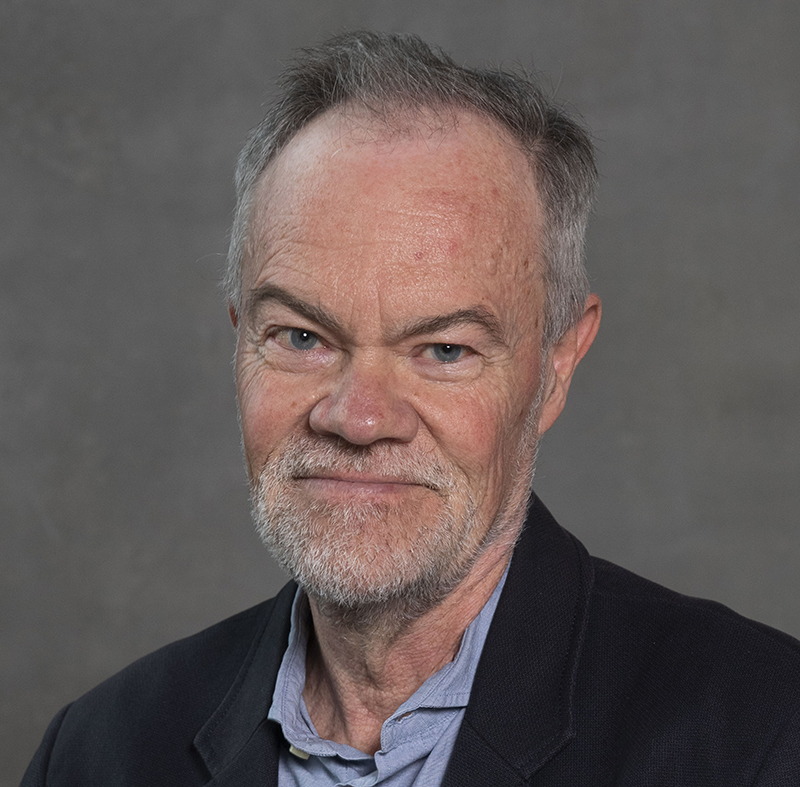The Nordic welfare states are known for their good and fair public care services. This includes elderly care. In the research project Social Inequalities in Ageing (SIA), researchers from all five Nordic countries have looked at how the ageing population is challenging the welfare state, trends in health inequality among the elderly population, and how these inequalities are created and reproduced.
The project has been led by Johan Fritzell of Karolinska Institutet and Stockholm University. He explains how the main purpose of the project has been to improve knowledge about older people’s living conditions and health, and what it is that creates inequality in health. In addition, the researchers have looked at how elderly care and the healthcare system are being challenged and changed, seen against the backdrop of the Nordic welfare models’ ideal of equality.
What are the most important results from the project?
“Despite more people being in good health, the number of elderly people who need care will increase sharply. This is because we’re in a phase where both the number and proportion of elderly people are increasing markedly. Not least, we’re seeing rapid growth in the population aged 85 or older, often referred to as the very oldest. Our studies around the welfare state have looked at how the states are aligning themselves to address this, and here our research is yielding clear results,” says Fritzell.
“Public-sector provisions for the elderly have worsened substantially, and you have to be more sick and more in need of care to get help than you did 20 years ago. At the same time, we can see clear signs of the privatisation and informalisation of care. This means that more people are paying for private care services, and that adult children and other family members are taking on greater responsibility for care. This is a new trend, which the Nordic countries previously experienced to a lesser degree than the rest of Europe.”
"When care provisions for the elderly depend on the individual’s resources, you can no longer say that you have equal and fair care services."
Johan Fritzell

What can the welfare states do to buck the trend of increasing social divisions in elderly care?
“It’s a policy issue. I think it’s important that the problem is recognised and understood. The pandemic highlighted the lack of quality in elderly care – perhaps especially in Sweden. It was then widely agreed that we must try to improve this. Although the issue has now somewhat disappeared from the Swedish agenda, we saw that elderly care became an important issue in the Danish election campaign last autumn. We’re seeing a gradual shift towards informal and private actors in elderly care, and there’s little to indicate that this trend is going to change. Rather, it will intensify. We must not cry wolf prematurely. The Nordic welfare model still exists, but there are clear signs that it’s weakening.”
The best thing is to get by without the need for elderly care. What’s the recipe for success in order to do so?
“We’ve actually had a sub-project on this, and our research indicates that the entire life course plays a role. There’s no quick fix, unfortunately. Childhood plays a role, as do education and money. We know that eating healthily and exercise are good for us. But why should you eat healthily and exercise? Our research is focused on the fundamental underlying causes.”
In SIA, you have partners from all the Nordic countries. How has this collaboration worked?
“It’s worked incredibly well. You gain new insights from conducting research at the Nordic level, not least because of the comparative element. Elderly research isn’t the world’s largest field of research, so it’s been very important to bring the field together and develop new collaborations and ideas. And it’s clear that this is how we're wired in the Nordics, making it easier to work together. This isn’t as easy when conducting research at a European level, where there are wider cultural divides.
Nordic special edition of the European Journal of Ageing
In June 2022, the European Journal of Ageing had a special issue with the theme Social Inequalities in Ageing in the Nordic Countries. Here, the researchers from the SIA project contributed both as editors and authors.
In the article “Revisiting the Nordic long‑term care model for older people — still equal?” authors Tine Rostgaard, Frode Jacobsen, Teppo Kröger, and Elin Peterson outline the development of the Nordic countries’ care services for the elderly over the past 20 years.
A main feature is that more and more people are receiving care in the home rather than a place in a care home for the elderly. In Sweden, Norway, and Finland, it is mainly access to nursing homes that has been reduced, while in Denmark the coverage of home care has also decreased. The decline in care homes has been particularly marked in Sweden over the past two decades. Between 2000 and 2015, one in four care homes disappeared. For those over the age of 80, access has fallen from 20 percent in 2000 to 11 percent in 2020. The increase in home services has not been able to cover the downsizing of care homes. At the same time, the waiting time for a place in a care home has increased. In 2008 it averaged 51 days, increasing to 64 days by 2020. By way of explanation, in approximately half of the cases, the municipalities cite a lack of resources

